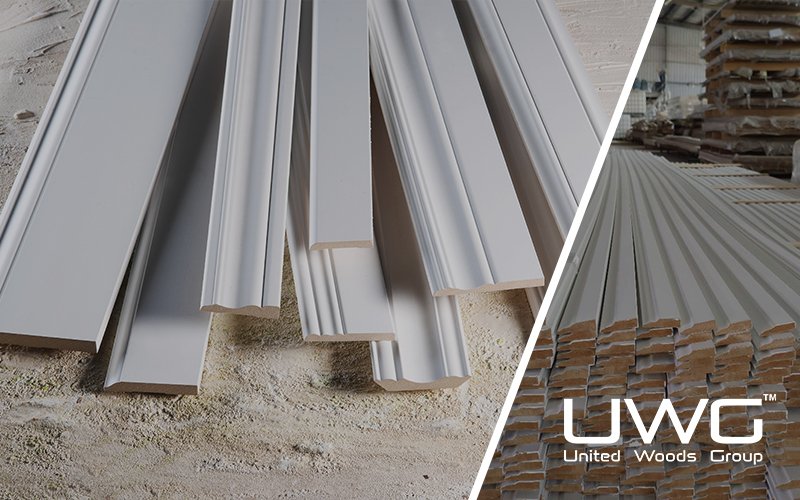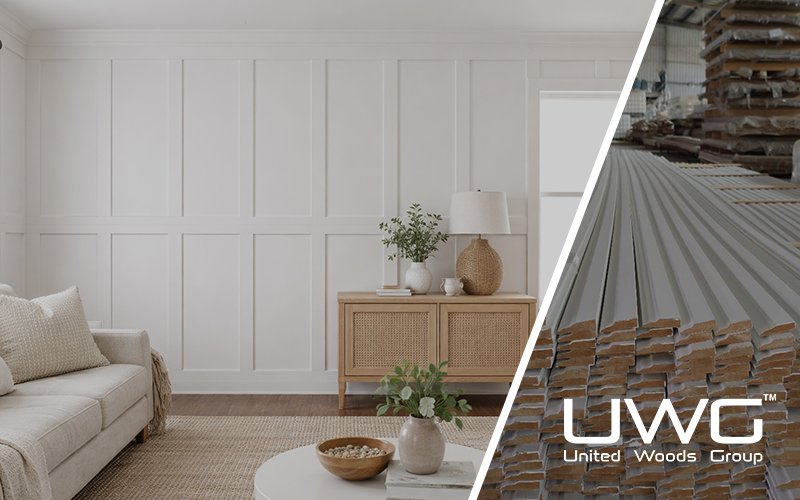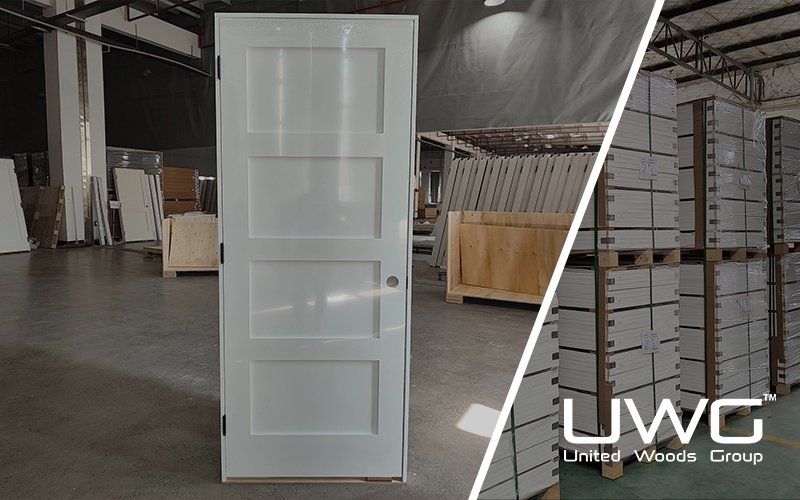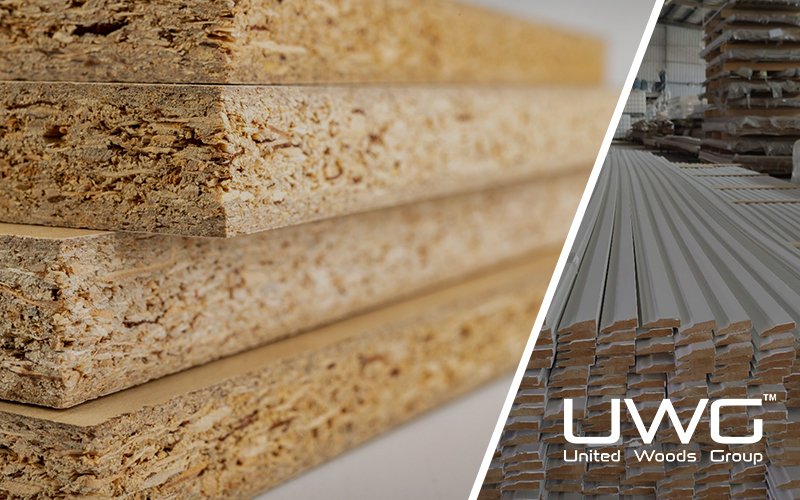Should You Choose Matte or Satin Finish for Your Interior Doors? Painting interior doors can be tricky when choosing the perfect finish. Builders often debate between matte and satin—both with distinct looks and functions. Pick the wrong one, and you may end up with doors that scuff easily or look too shiny. Let’s clear the confusion once and for all.
Matte finishes offer a low-sheen, velvety look that hides imperfections but are less durable, while satin provides a subtle glow, resists moisture, and is easier to clean, making it ideal for high-traffic doors in kitchens, hallways, and mudrooms. Satin balances durability and aesthetics for most homes, whereas matte works well for low-touch doors or spaces where a soft, contemporary texture is desired, though it may need extra care and maintenance.
What’s the Difference Between Matte and Satin Paint Finishes?
When comparing matte vs satin finish for interior doors, the first thing you’ll notice is the sheen—or lack of it. Matte paint has a flat, velvety appearance that absorbs light rather than reflects it. It’s excellent for hiding minor surface imperfections like dings or patch marks on old doors.
Satin paint, on the other hand, has a gentle, pearl-like glow. It’s more reflective than matte, which can highlight surface flaws if the door isn’t prepped well. However, satin is more durable, moisture-resistant, and easier to clean, which makes it a favorite for doors in high-traffic areas.
If you’re working on a modern interior where subtle textures matter, matte offers a contemporary edge. But if longevity and cleanliness are priorities, satin usually wins.
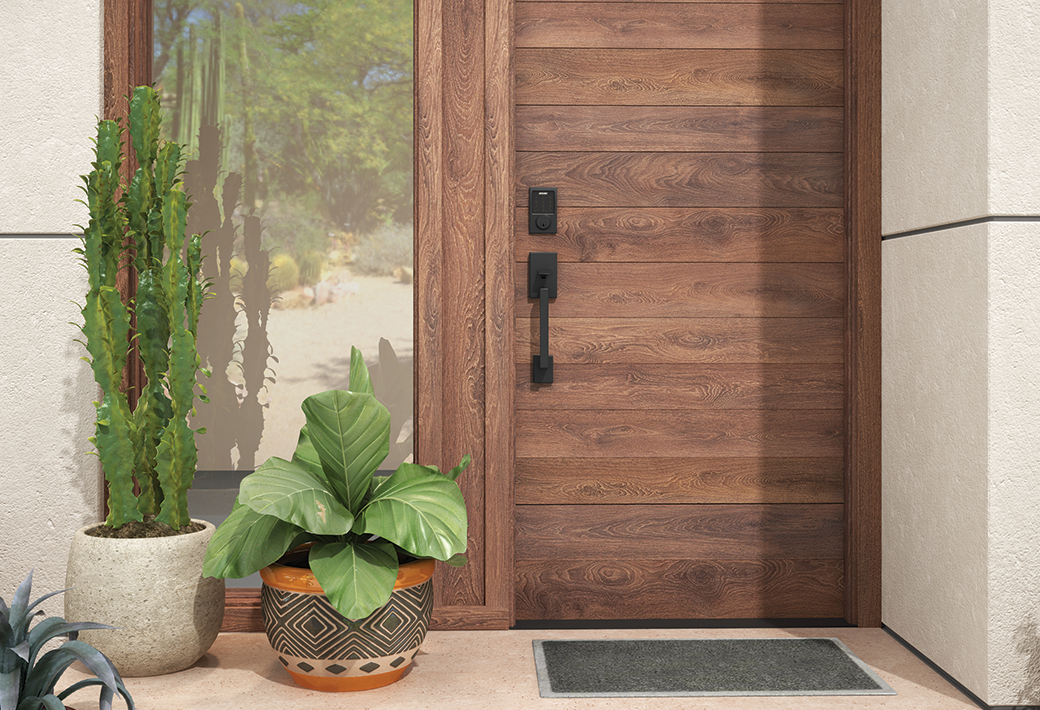
Does Satin or Matte Show More Imperfections on Interior Doors?
Here’s the deal: Satin finishes tend to highlight imperfections, especially under direct light. Dents, brush strokes, and patchy surfaces will stand out more with a satin coat. That’s why proper sanding, priming, and even application are essential when using satin on doors.
Matte paint, on the flip side, is forgiving. It camouflages flaws, which makes it ideal for older doors or DIY paint jobs where perfection isn’t always achievable.
For professional builders, the takeaway is simple: If you don’t have time for intensive prep work, matte may save you headaches. But if your surface is flawless and your client values durability, go with satin.

Is Satin or Matte Finish Better for High-Traffic Areas?
In high-traffic zones—think kitchens, hallways, mudrooms—satin is hands-down the better choice. Why? Because it resists scuff marks, fingerprints, moisture, and cleaning chemicals. This is especially true on interior doors that get opened dozens of times a day.
Matte finishes, while beautiful, aren’t built for rough handling. They’re harder to clean and more prone to showing wear over time. That’s why most pro painters reserve matte for walls or low-touch surfaces.
If your client has kids, pets, or a lot of guests, recommend satin for its practicality. It’s not as shiny as semi-gloss but still offers the protection they’ll need.
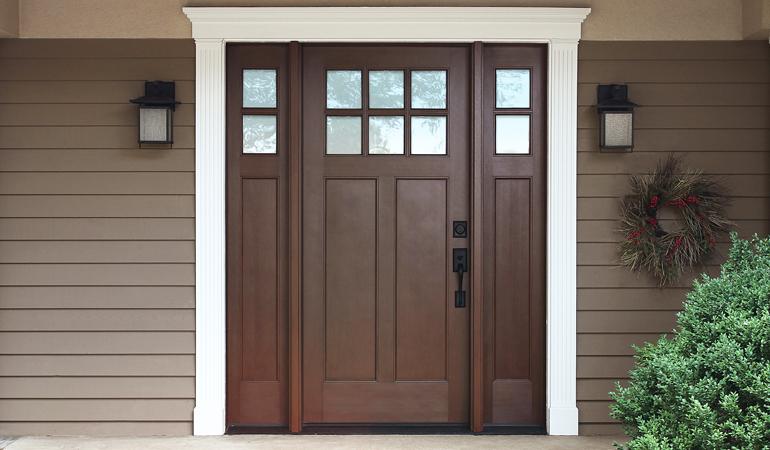
Opinions on Matte vs. Satin for Interior Doors
Many people have shared their experiences with painting. Overall, satin is seen as the “middle ground”—it has moderate sheen, is easy to clean, and works well for doors and trim. Some also note that semi-gloss can feel outdated, while matte doors may appear too soft or slightly chalky.
In general, satin works well for most homes, especially modern styles. If someone wants a super-modern, no-shine look and is okay with extra maintenance, matte is an option—but in terms of functionality and durability, satin still has the edge.
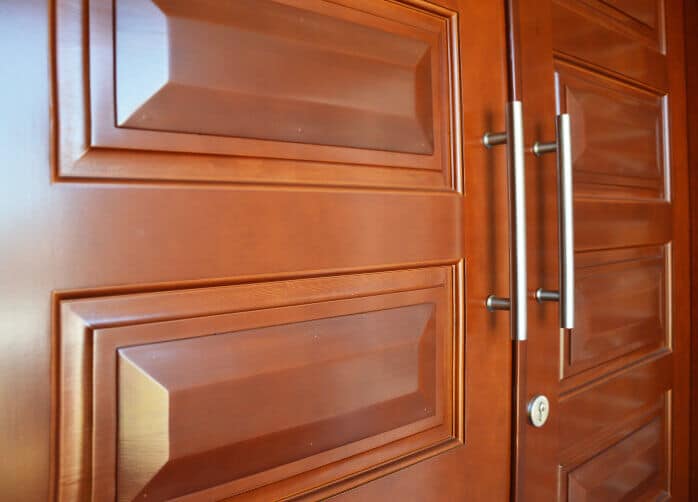
Recommendations: Matte or Satin for Doors?
When it comes to product authority, often recommends satin or semi-gloss for interior doors. These formulas are engineered for high durability, which aligns well with builder needs.
According to their finish guide, matte is better suited for walls in adult bedrooms or formal living spaces—not high-traffic spots like doors or baseboards.
If you’re using ** paints, ask your supplier for satin-finish samples specifically designed for trim and doors. Builders often choose satin enamel** for its combination of smoothness and scrubbability.
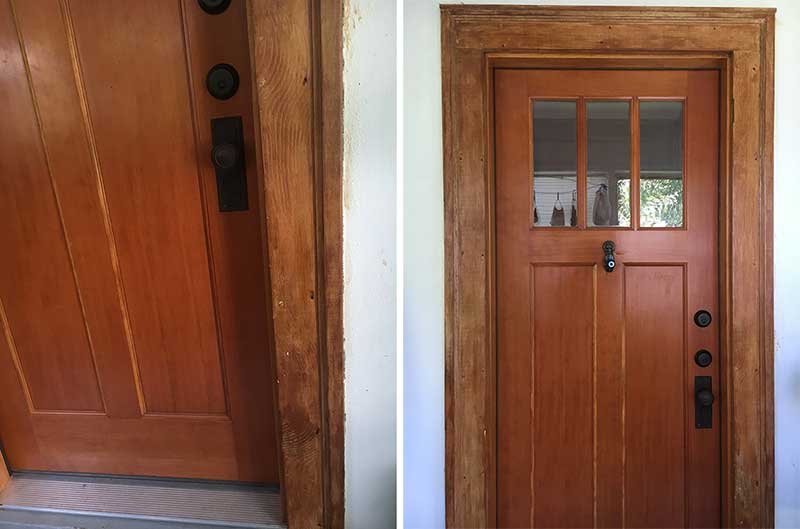
Satin vs Matte vs Gloss: Which One Fits Your Design Goals?
Now let’s widen the scope. When choosing finishes, you’re not just picking between matte and satin—you’re choosing between matte, satin, and gloss. Each brings a different design impact.
- Gloss: High shine, super durable, but very reflective. Often used in commercial spaces or ultra-modern interiors. Shows every flaw—use with caution.
- Satin: Soft sheen, versatile, and ideal for most homes. Offers a nice balance of appearance and performance.
- Matte: Flat and stylish, best for modern or rustic styles where texture is key.
If your client wants a modern farmhouse or Scandinavian look, matte could complement the aesthetic. For a clean, updated vibe with minimal maintenance, satin is the sweet spot. And for a luxury hotel-style look, high gloss can make a bold statement—just prepare for the prep work.
As a builder, consider how light, texture, and design style interact with the finish. That’s the real secret to nailing the right choice.
Summary
Choosing the right finish transforms your doors from basic to bold. Whether you go for satin’s durability or matte’s elegance, your final pick should reflect your space’s purpose. Got a favorite? Let us know in the comments or share your own paint tips below!



